Callisia: description, types and tips for growing
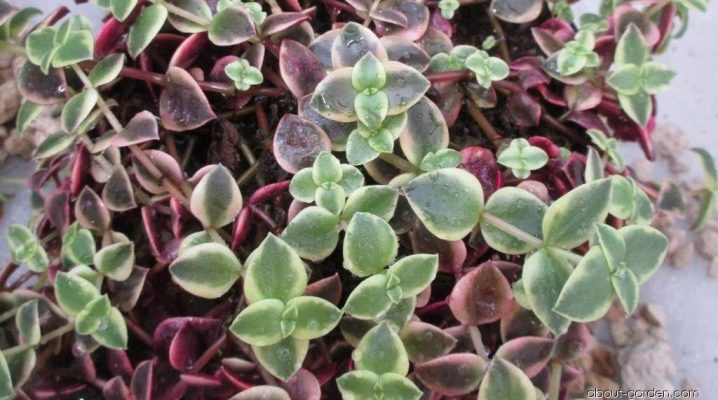
Callisia is a fairly common houseplant, popular with flower growers for its unpretentiousness. The culture fits well into the interior of any space. Outwardly, it is similar to Tradescantia and Setcreasia, but has its own characteristics in content.
Description
The culture belongs to the ampelous plants from the Kommelin family. The homeland of the flower is Central and South America. Callisia prefers to grow in tropical and subtropical climates in partial shade. Outwardly, it is a miniature shrub, its hanging shoots reach a length of 50 cm. The leaves are lanceolate with an angular top, grow in pairs, have no petioles.
The color of the foliage is uniformly green, sometimes there can be a variegated shade, in this case, white streaks can be observed on the outside of the leaf plate, and scarlet stripes on the inside. The culture can be grown both as a ground cover plant and as a potted flower. The leaves grow densely, densely, with proper care, a lot of shoots grow, so outwardly it is a very aesthetic plant.
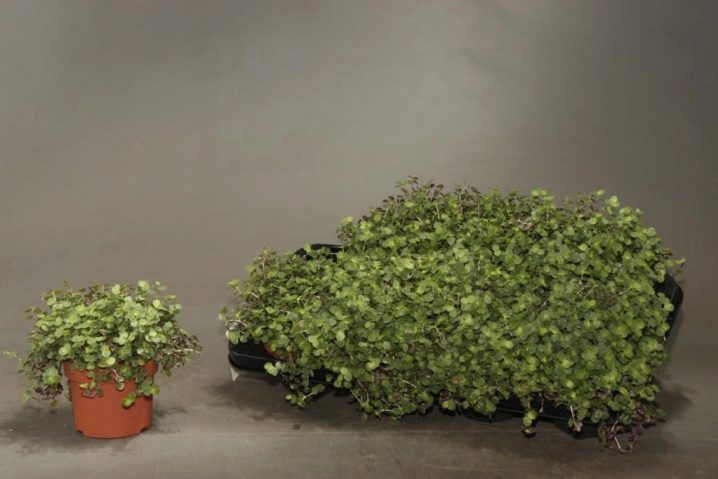
Callisia juice has medicinal properties. It contains beta-sitosterol, which helps to alleviate the condition in atherosclerosis, thyroid diseases, metabolic disorders and other diseases. In addition, it has been proven that this flower has cleansing qualities, that is, the room where the culture is kept is always filled with fresh air. It is believed that the plant has good energy, therefore it is recommended to grow it in a nursery.
People even say that if a plant bloomed in indoor conditions, then comfort and harmony reign in the family.

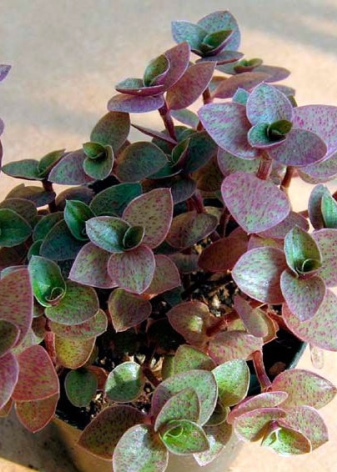
Views
The genus Callisia includes 12 species of plants, but the following 5 are suitable for indoor keeping.
Callisia elegans (callisia elegant or graceful).
The height of this variety can reach 40 cm. The shoots have a creeping appearance. The color of the leaves is dark green, their upper part is decorated with white stripes, the lower one shines with purple. The shape of the leaves is oval, the tips are pointed. Stems and leaves have a fleecy structure. During flowering, white buds grow at the tips of the shoots.

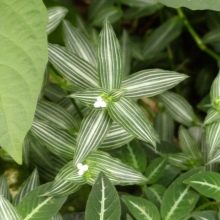

Callisia tehuanttepecana (tehuantepec).
It resembles the elegant variety, but its leaf plate is devoid of light stripes. It blooms with bright pink flowers.
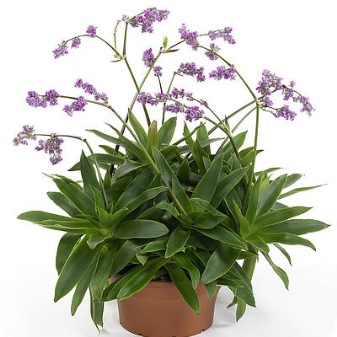
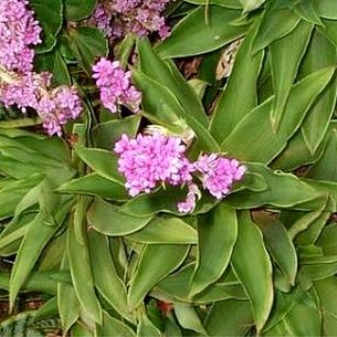
Callisia navicularis (navicular)
The stems of this species are short, the leaves are green in color, and from the inside they are brownish-purple. The leaves are similar in shape to a boat, their length is 2 cm, width is 1.5 cm. If the culture is kept under bright sunlight, then the leaves are covered with a scarlet tint.
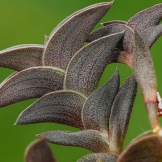
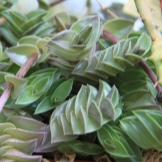
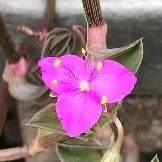

Callisia repens (creeping)
This variety grows up to 10 cm, is characterized by a fairly rapid growth. The stems of the culture are thin. This is a small-leaved plant, the length of the leaves is no more than 2 cm. The outer side of the leaf plate is covered with pale purple specks, a burgundy tint is noticeable on the inside. This is one of the most popular indoor types. The Pink Lady variety is especially in demand among flower growers.
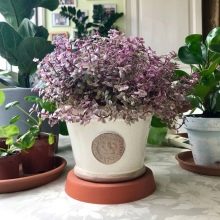
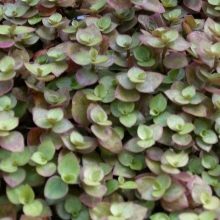
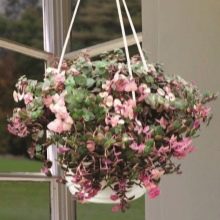
Callisia fragrans (fragrant or "golden mustache")
Plant height can reach 1.5 m. The specimen has erect and horizontal shoots. In erect stems, the leaves grow up to 30 cm long, their width is 5-6 cm. The horizontal shoots are whiskers with leaf panicles. This species blooms at the end of winter, however, at home, flowering is quite a rare occurrence. At the same time, the buds are small, modest, primitive.
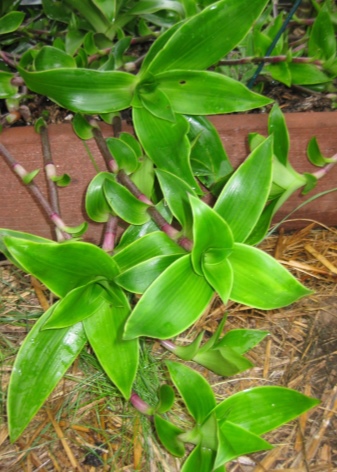
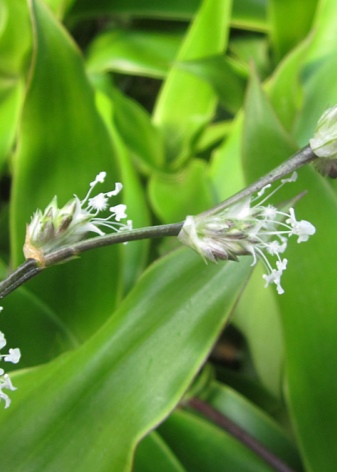
Care
To grow a beautiful lush plant, pay attention to the following points when leaving.
Illumination
Culture reacts poorly to both direct sunlight and their complete absence. Ultraviolet light can burn the leaves, causing brown burns on them. If the plant turned out to be completely without light, then the bright juicy color of the leaves will be lost. Therefore, it is important to observe the golden mean and put the pot on the east or west side during the warm season, and in late autumn and winter, move it to the south window. It is allowed to place the culture in the depths of a light room - this flower feels quite comfortable in partial shade.
You can understand that the plant does not have enough sun by the elongated shoots and the large distance between the pairs of leaves.

Airing
This flower needs regular ventilation. Do not place Callisia in a smoking area. For the summer, the pot can be taken out into the fresh air - on the balcony or in the garden, but at the same time remember the dangers of direct sunlight.
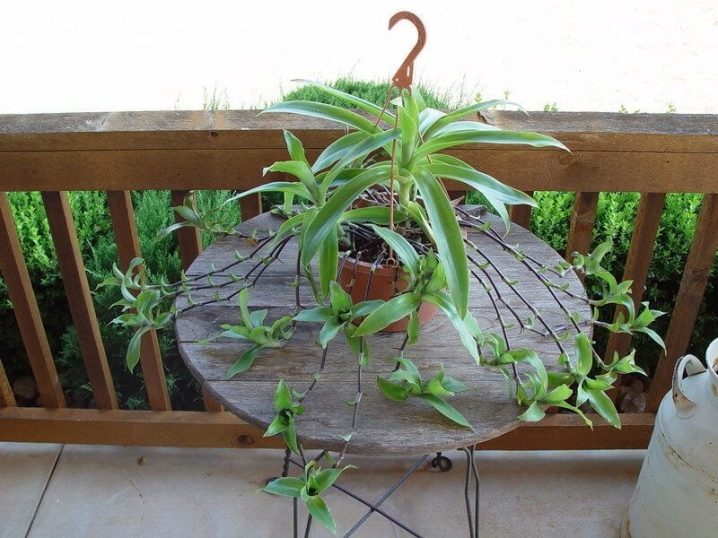
Air temperature
In summer, the permissible limits for the content of the culture are +20 +25 degrees. In winter, the plant will feel comfortable at a temperature of +16 +18 degrees, but if it gets colder in the room to +14 degrees, then the leaves will lose their density. Provide reliable protection against drafts and keep in mind that the temperature difference should not be drastic.
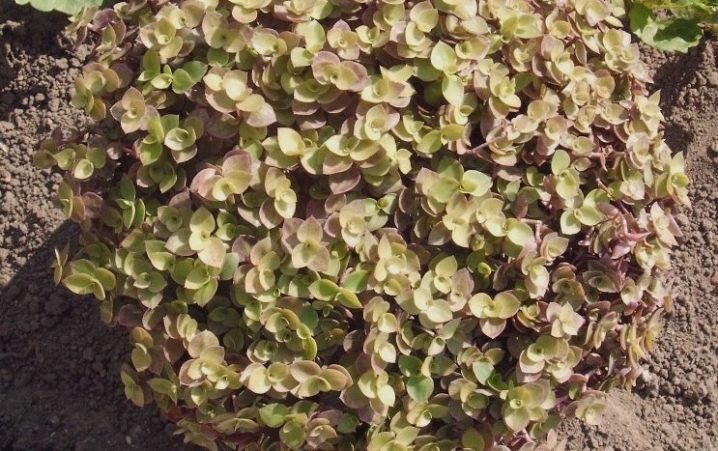
Watering
Do not allow the earthen coma to dry out. It is important to water when the substrate is dry at a depth of 4 cm. This can be checked with a toothpick. In warmer months, the flower needs more frequent and plentiful watering. During the winter months, this procedure is performed much less frequently. Moisten the soil carefully so that moisture does not get into the center of the leaf outlet, this can provoke the development of putrefactive processes. Only water the plant with clean, filtered water or rainwater. If water from the mains is used, then it must stand for at least a day.
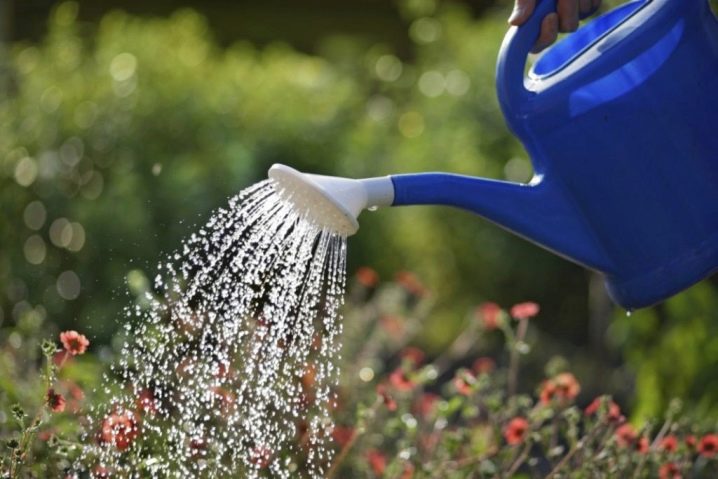
Air humidity
The optimum moisture level for the content of callis is 60-70%. You can achieve the desired performance by installing household humidifiers. A simpler option is to place a container of water next to the pot. It is important to systematically spray the plant with a fine spray., since if the drops are large, then the leaf plate will be covered with unaesthetic stains. Culture responds well to shower procedures. Large-leaved species need to be periodically wiped from dust. Keep the pot away from the radiator when the heating is on in your home.
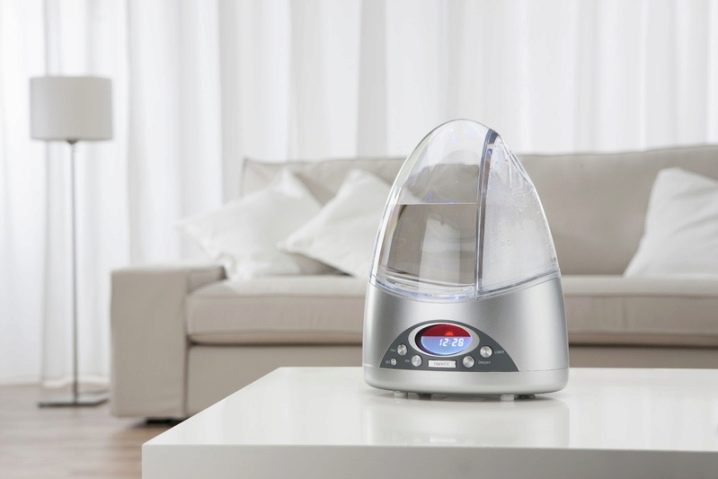
Top dressing
The culture needs fertilizers from April to October. During this period, feed it with a solution of complex mineral fertilizer a couple of times a month. There is no need for additional food at other times.
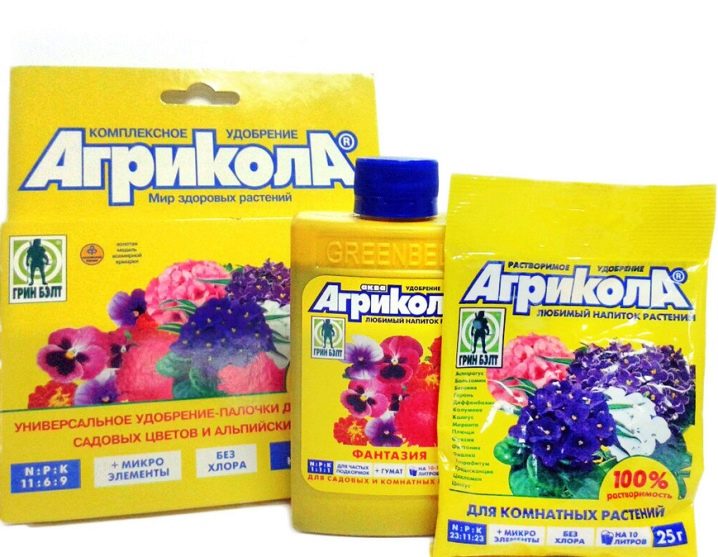
Pruning
In spring, branches must be cut to 1/3 of their length, dry shoots are eliminated completely. If this is a type of fragrant callisia, then children with mustaches also need pruning. If they are not removed, then the flower will invest all its strength in the development of children. Also prune dry leaves.
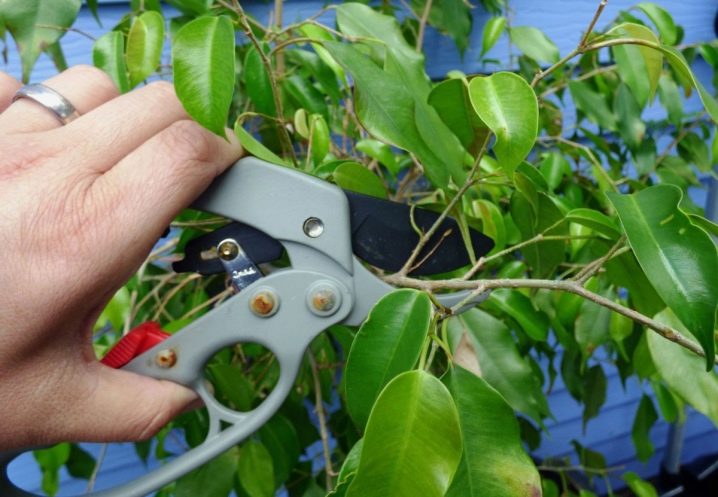
Transplant and reproduction
In order for the lifespan of one specimen to be longer, it must be replanted every spring. For this, it is important to prepare a slightly acidic soil from equal shares of leafy, soddy soil, sand and peat. Do not forget to lay out a 4 cm drainage from expanded clay or pebbles. The transplant itself is carried out by the method of transshipment with an earthen clod. When the flower is placed in a new container, cover the remaining space with prepared soil and tamp the soil with your fingers, moisten the soil. When transplanting, it is recommended to use a pot that is 2-3 cm wider than an earthen coma.
Reproduction of callisia is a fairly simple process. You can get a new copy by grafting. For this, an apical stalk with 2-3 nodes is cut off and placed in a glass of water. After 2-3 weeks, you can see the hatched roots.For aesthetics, it is recommended to plant several cuttings in one container at once. It is also possible to propagate the culture by layering. If the diameter of the pot allows, then a sprout is added there up to 2-3 nodes, and after rooting it is cut off. If there is not enough space in the container, then you can put another pot next to it.
Reproduction is allowed at any time of the year, however, in summer and spring, this process is more productive.
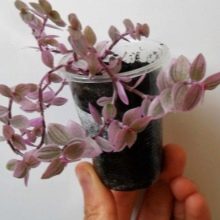

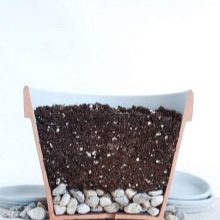
Tips for growing callisia in the video below.
























The comment was sent successfully.